I made a holder for longboards for me and my friends.
Two hooks that can be individually adjusted to the width of the trucks.
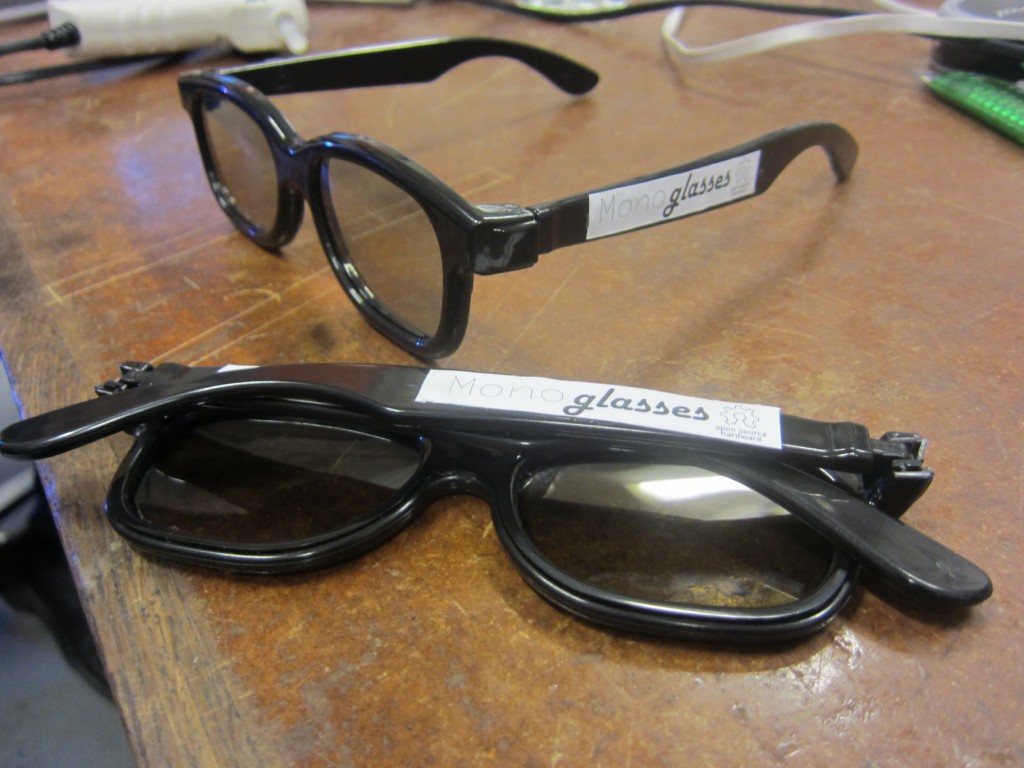
Some peoble having problems viewing 3D-cinema due to refractive errors in their eyes. Some social problems may arise because your friends want to watch a movie at 3d-cinema and you can’t.
But now you can! Introducing Mono Glasses.
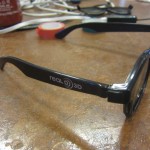
Original 3D-glasses for cinema-usage.
It’s uses polarized filters to separate the left image from the right. By replacing the right filter with a left one you will have a pair of glasses that only could see the left image.
This requires you to have 2 spare 3D-glasses to remake into 2 new mono glasses.

Mark your glasses so you don’t mix them up later on.
Repeat on the other pair.
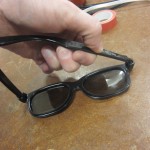
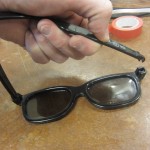
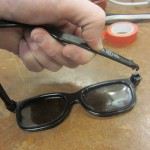
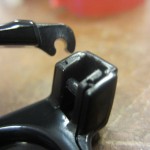
Snap the ends off.
Repeat on the other pair.
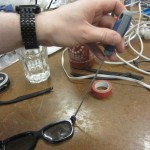
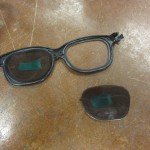
Snap the cover off will separate the glasses into two parts, exposing the two filters.
Remove one of the filters.
Repeat on the other pair.
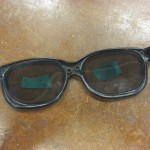
Insert the filter from the other pair.
Repeat on the other pair.
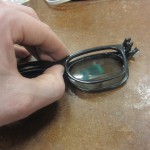

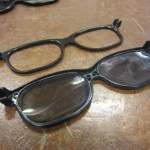
Snap together, some glue may be required.
Repeat on the other pair.
go:toTrash is watching you. Throw your garbage in the bin.
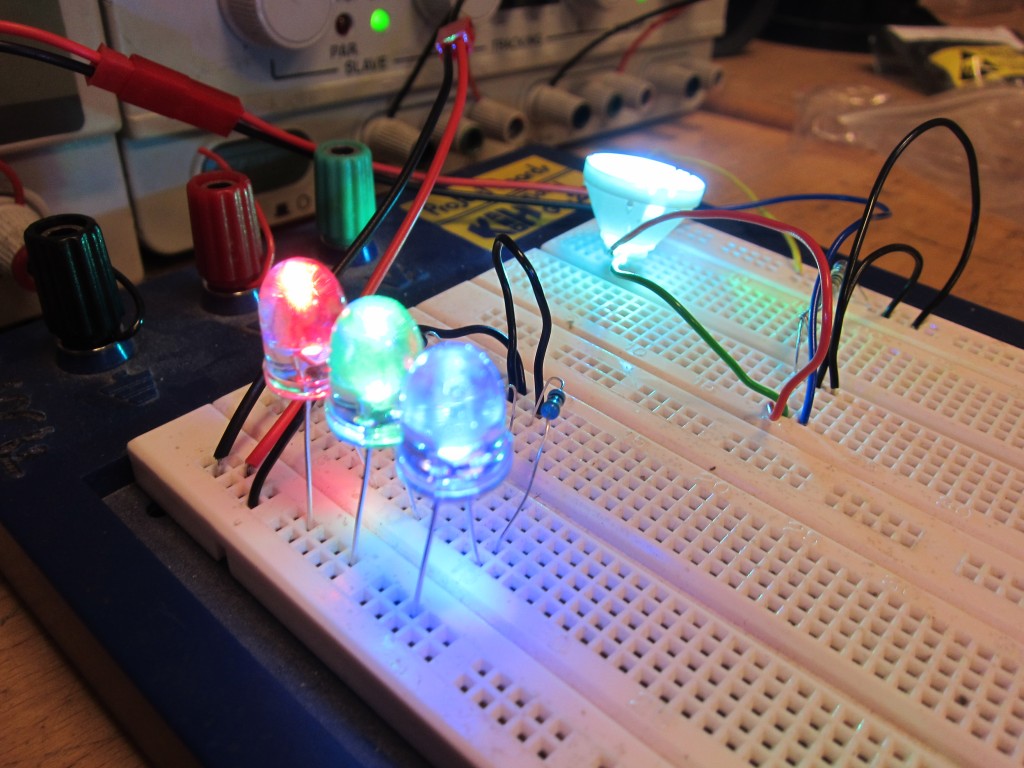
Regarding the lighting, the last few months I’ve been researching different kind of LEDs and optics.
Our goal is to get really narrow spotlight, maybe 6-10 degrees, and it’s really hard to get a narrow beam like that.
There exists a few models of 5/10mm hole mounted LEDs with build in focusing-optics right into the housing (http://www.ebay.com/itm/310181790384). Those LEDs makes a narrow ~13degree beam which is nice, but the RGB-colors are separated.
When you build an array of small LEDs like this it’s working quite well, but it’s not a perfect spotlight as it casts RGB-shadows (like this http://www.lungstruck.com/wp-content/uploads/2013/06/IMG_1965.jpg).
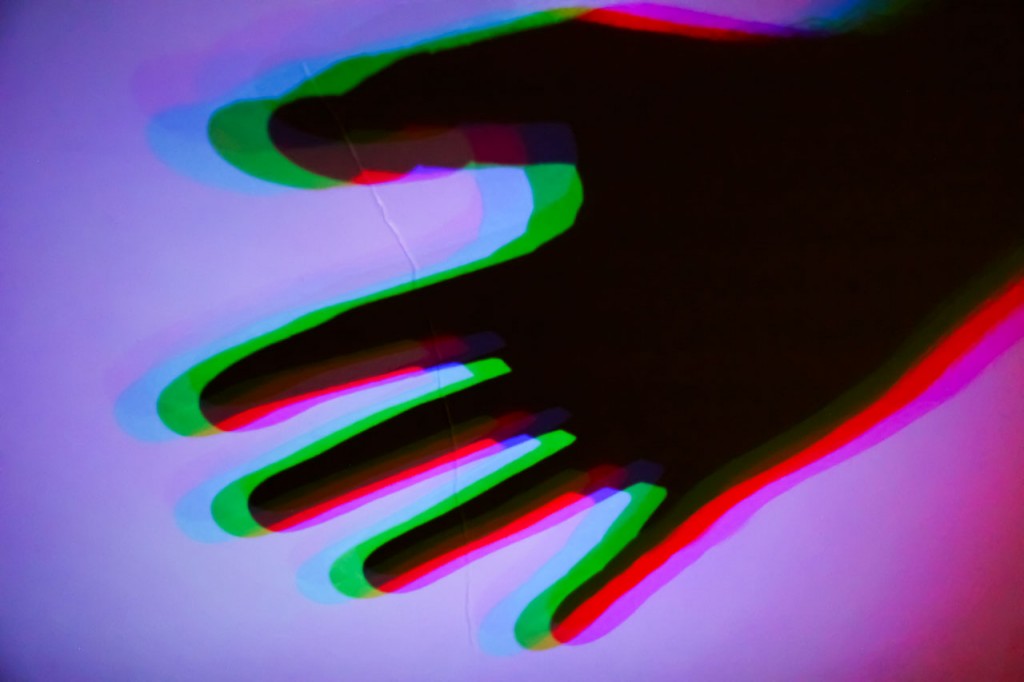
Another bad thing with smaller LEDs are that it’s hard to get bright enough. If I were to but in 192 5mm LEDs it would only give me 15W of LED power.
Another LED-type that I’ve looked into is big 50W LED-arrays (http://www.ebay.com/itm/380676009599) with complementing 78mm lenses.
These types of LED-arrays give out it’s own LED-pattern when focused narrow enough. You can solve this by adding a diffuser close to the LED-array.
But you would have to add two 78mm lenses to focus down the beam. The narrow beam is the best so far, really crisp and around 6 degrees.
The bad thing is that it weights to much for my small construction, and also it brings upp the cost per unit really much.
Another bad thing is that you’ll need active cooling, which also adds to the weight. I used an ordinary CPU-cooler for desktop-computers.
The latest LED-type I’ve tried is 3W Star High Power RGB (http://www.ebay.com/itm/160582419768).
Ontop of that I’ve placed a special lens called a Collimating lens. Collimating lenses are directing beams from different angles straight into a column of light, it’s best described by this picture (http://www.laserfocusworld.com/content/dam/lfw/print-articles/2012/06/1206LFWnews05web.gif).
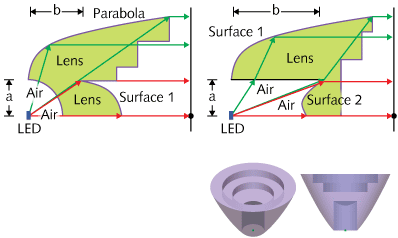
The lens I tried also have a built in reflector (http://www.ebay.com/itm/390625279166).
This is the best solution for my project so far. I weighs almost nothing, gives me 50W of power in an array of 16 LEDs.
A negative thing about the collimating lens is the beam is much more fuzzy than the two above LED-types. It gives out a narrow beam, but there is a lot of light leaking through around the beam.
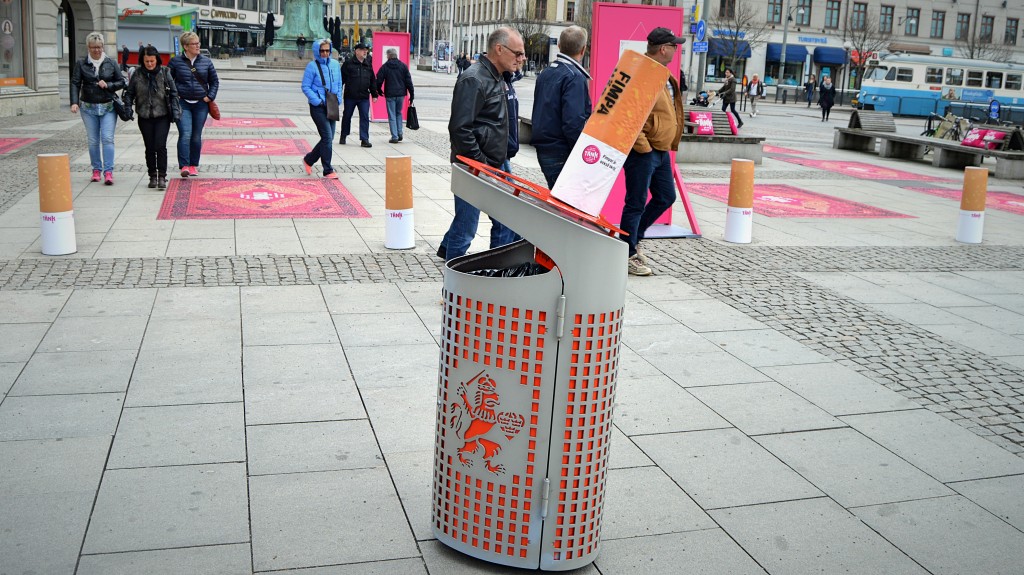
Upplevgbg have written about the event #fimpfriastaden where go:toTrash were participating!
http://upplevgbg.se/samhallsnytta/trafikkontor-robotforening-reklambyra-fimpfritt-gbg/ (english version throught Google Translate)
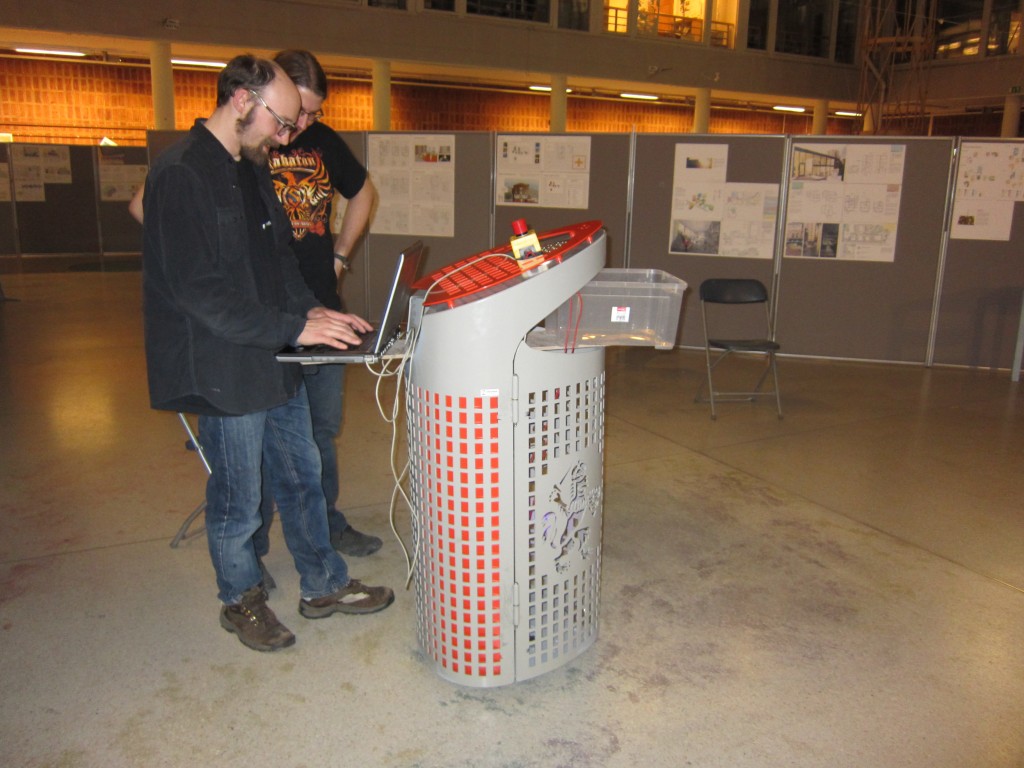
Our control-input to steer the motors was through a Python-terminal
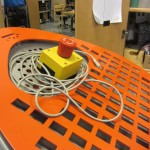
We placed a temporary emergency-stop on top of the trashcan to cut the power. In the future we will use a piezo-element to detect and trigger emergency-stop when someone is hitting the trashcan.
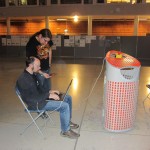
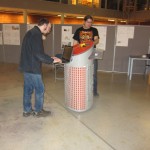
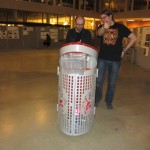
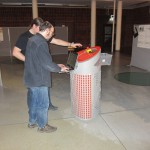
We did test go:toTrash inside at first to get ea feel about how the platform worked.
It worked great, so we tried to force it and learn its limits.
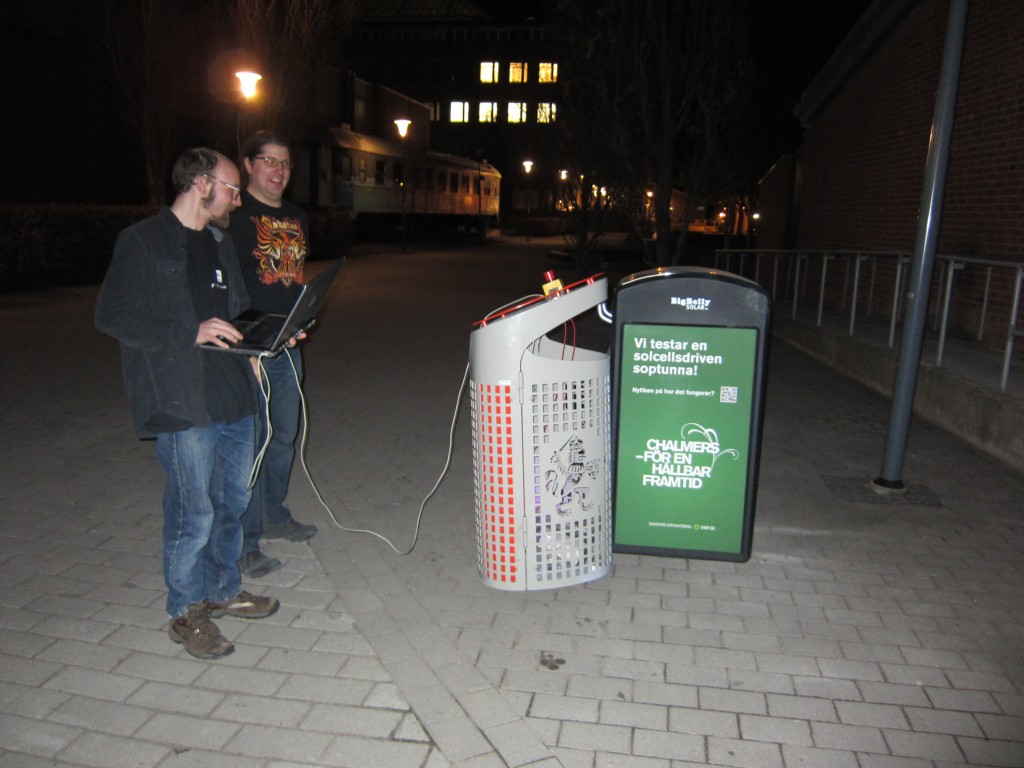
We also did some testing outside. go:toTrash also met a collegue on it’s way, a compression-trashcan.
We also did some testing on the paving stone, we discovered that go:toTrash were more stable on the pavement than we first thought.